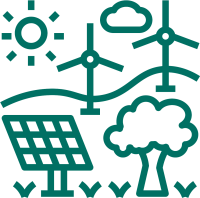Complex microbiomes play an important role in numerous fields. One critical challenge in their data analysis is to separate true biological data from contamination. Contemporary experimental procedures include negative controls from various sources, but their analysis is complicated by “well-to-well” contamination: contamination that associates with the position of samples during experimental procedures. This causes bacteria sampled from a true biological source to appear in nearby control samples, and vice versa. An analytic approach that accounts for this source of contamination would have a far-reaching impact on the field.

